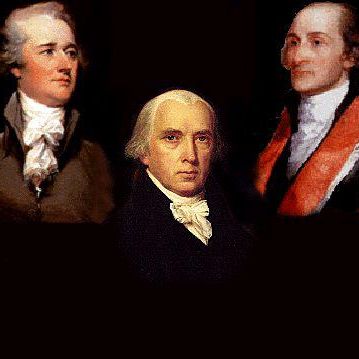



A UK museum has stirred controversy by declaring the ancient Roman emperor Elagabalus as a transgender woman and using female pronouns when referring to the ruler.
The North Hertfordshire Museum claims this decision is based on classical texts that suggest Elagabalus’s preference for being called a “lady” and a “wife.”
However, the move has sparked heated debates among historians.
Emperor Elagabalus, who rose to power at the age of 14 in 281 AD and was assassinated four years later, is at the center of this debate.
The museum argues that their choice to use female pronouns is rooted in historical accounts, including those of Roman chronicler Cassius Dio, who referred to the emperor as a “wife, mistress, and queen.”
Keith Hoskins, an official at North Herts Council, which oversees the museum, defended the decision, stating, “We know that Elagabalus identified as a woman and was explicit about which pronouns to use.” He emphasized their commitment to being sensitive to pronoun identification, both in the past and present.
However, skepticism exists among many historians regarding the accuracy of these accounts.
Some argue that Cassius Dio’s writings may have been influenced by political motives, as he served Emperor Severus Alexander, Elagabalus’s successor.
Andrew Wallace-Hadrill, a classics professor at Cambridge, pointed out that the Romans did not have a modern concept of “trans,” using accusations of behaving “as a woman” as a severe insult.
Professor Christian Laes from the University of Manchester cautioned against taking ancient tales of Elagabalus’s life at face value, suggesting they should be viewed with skepticism.
Elagabalus’s gender identity is not the only aspect of his reign that raised eyebrows in ancient Rome.
He became infamous for his cruel and often deadly pranks on dinner guests, including using ‘whoopie’ cushions and showering them with rose petals. He also released tamed wild animals into rooms where partygoers were sleeping off their hangovers.
In light of these historical accounts and the controversy surrounding the museum’s decision, the question of Elagabalus’s gender identity remains a topic of debate among scholars and historians, with no definitive conclusion reached.
RELATED: What Ancient Rome and The USA Have in Common
